Aerospace
A Peek Inside BOEING 777X Test Flight at Paris Airshow.
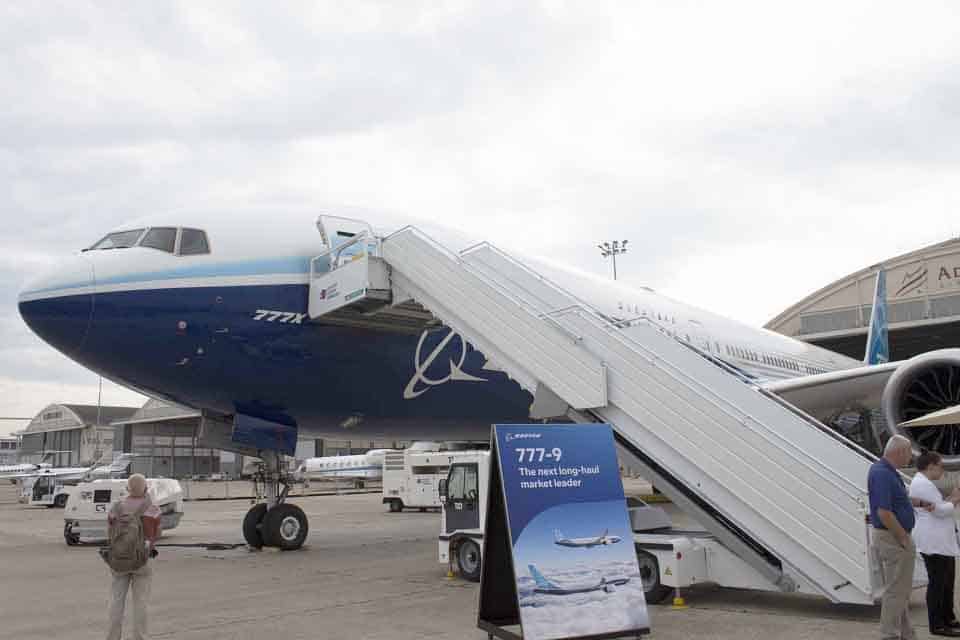
Have you ever wondered, How aircraft undergo the process of earning final approval certificates from the FAA or EASA for passenger flight operations after testing?
Let’s have a look at it in the article below. Before building a physical model, the aircraft undergoes extensive design and material selection. As well as testing to determine its requirements and viability.
Jetline Marvel received permission to visit the inaugural Boeing 777-9 at Paris Airshow 2023. Granting a unique opportunity to glimpse the typically undisclosed aspects of the aerospace industry..
Boeing redesigned the Boeing 777x and B737. Giving them a more contemporary appearance, more spacious cabin, and more sophisticated amenities than the models that came before.
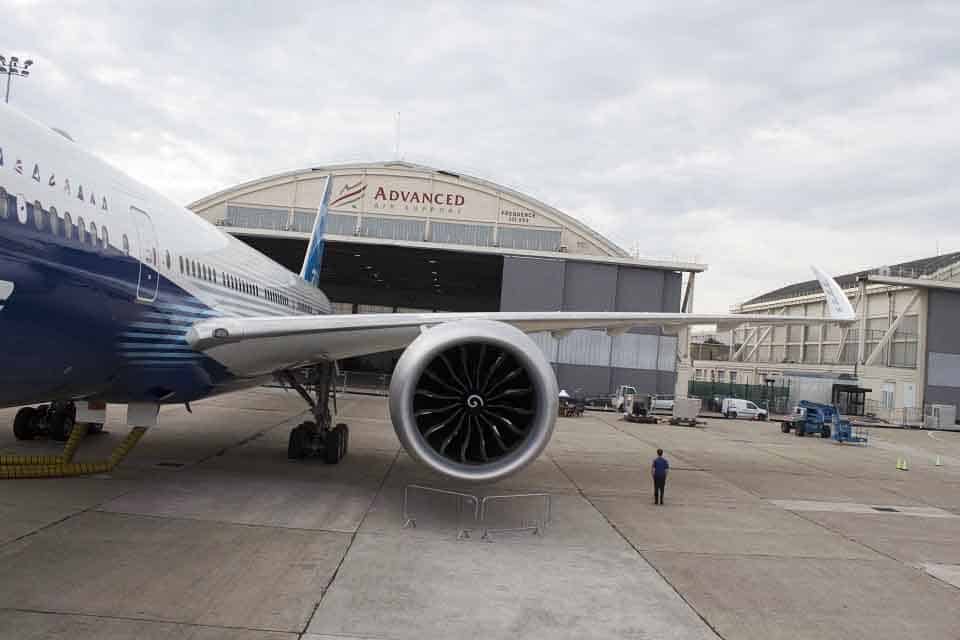
Take into consideration that the aircraft has an even larger engine to increase its speed and carrying capacity. The massive fan is only marginally smaller than the fuselage of a Boeing 737, with a diameter of 128 inches. The GE90-115B held the title of the world’s largest jet engine. Until the introduction of the even larger GE9X for the 777X. Although the engine has a diameter of 134 inches, it does not have the same thrust as the GE90.
Safety in the Skies: How Boeing Ensures Airworthiness Through Testing
Boeing’s 777X test planes, Including the 777-9 variant, feature a range of instruments and systems tailored for flight testing and validation.
These test aircraft assess the aircraft’s performance, safety, and compliance with regulatory requirements before it is ready for commercial service. Here are some of the key components and features typically found inside a Boeing 777X test plane.
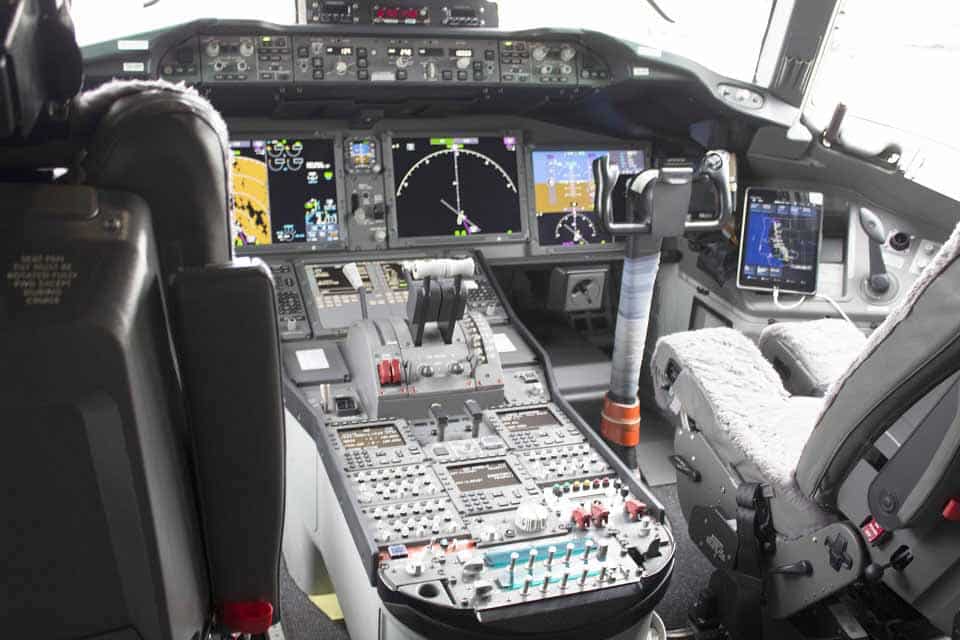
Flight Testing the Boeing 777X and B737: What Goes Onboard
Boeing 737-10 and Boeing 777 planes are experimental aircraft. Which are the forthcoming Boeing family aircraft that are currently in the testing process. The B737 Max has undergone minor fitness improvements. Boeing 777X is presently undergoing critical testing phases for its components, with an anticipated completion timeline of another 18 months.
Both aircraft arrived at the 2023 Paris Airshow. They permitted a few reporters to take a look inside the plane. It appears incredible to view the experimental airplane.
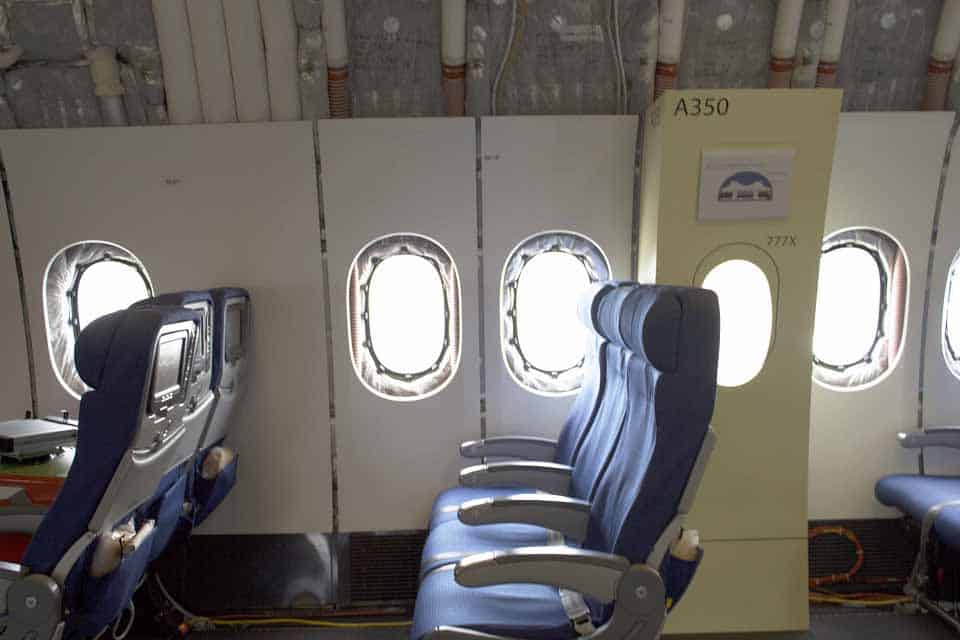
From Instruments to Ballast Tanks: The Tools of Aircraft Certification
The interior is designed to accommodate over 400 passengers in a standard two-class commercial layout. Resembles a vast, open space filled with numerous instrument racks.
Even the lateral walls, were devoid of wall finishings and fixtures. contributed to the overall work-in-progress feel of the space.
The large tanks you can see in this photo are at the back of the aircraft and serve a number of important functions for it to understand its own motion.
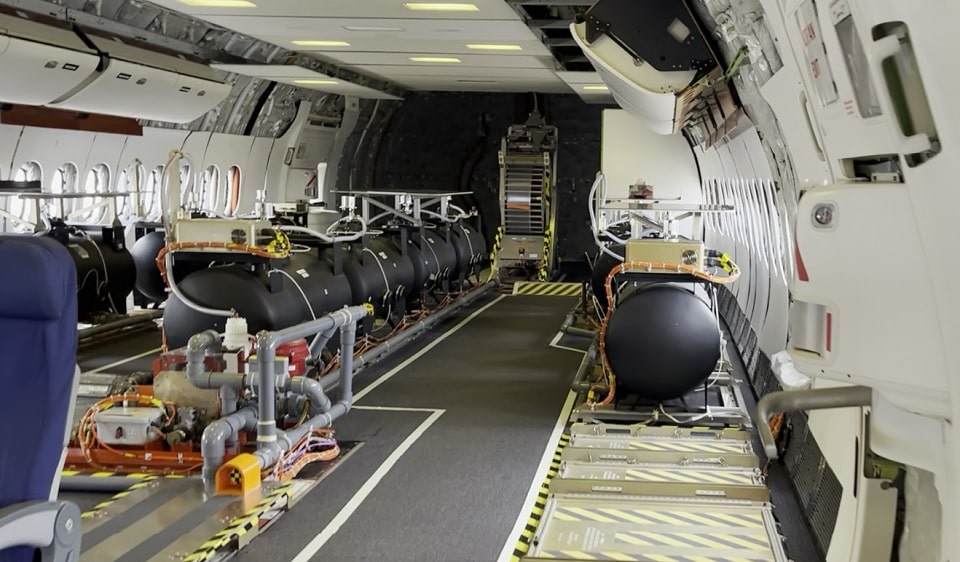
To achieve the required balance when the center of gravity of an aircraft or ship falls outside specified tolerances or the designated position, operators use ballast, which primarily consists of rubber or sand.
Engineers need to transfer water between the tanks to calculate the maximum weight balance of the aircraft under cruising conditions.
Difference between the Airbus A350 and B777x
Here is the difference between the Airbus A350 and B777x fuselage size which is quite bigger than A350 aircraft and the windows are slightly larger as well.
The cockpit boasts a modern design and incorporates cutting-edge avionics and engine features, elevating the aircraft’s capabilities.
In the aircraft, there are seats in the middle and on the right side, all of which come with soundproof covers. One of the middle seats also has a sensor installed. The left and right sides of the cabin have designated walking areas.
The difference between the Airbus A350 and B777x can be found in this article.

Furthermore, if you continue moving to the rear, you will notice some of the tanks that will be filled with water based on their weight
On the right side, we can see one of the engineers can sit and monitor the sensors and outside views. Most of the seats in the airplane are in the middle, where computers and sensor panels are arranged along with all the wires and sensors.
according to the weight load balance during the flight test mode. Internally coupled with pipers and pressure tanks, the tanks can instantaneously flow water within each other.
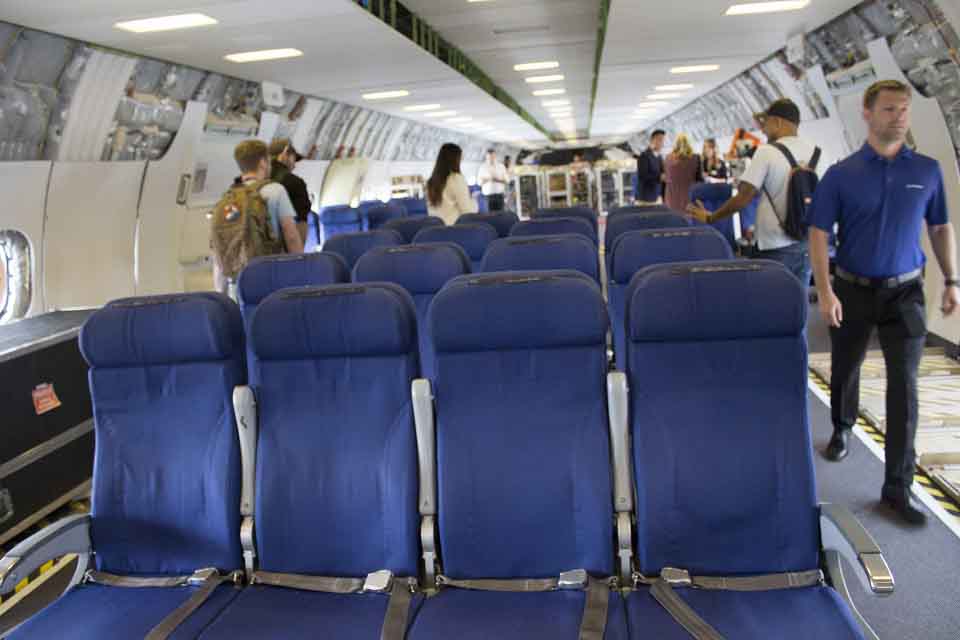
As we move back, we can see one of the controllers, which is usually used to manage the water lines.
At the back end, we can see the fuselage encased and insulated with soundproof materials, which works as a shield for the aircraft fuselage.
There are approximately four tanks on each side of the row, with around twelve tanks at the back end. We can see outside from the plane’s window and door.

More computers and sensor monitoring chambers appear as we proceed. Engineers’ tasks are critical since they ensure that each test phase is completed. Some of the other journalists are shooting pictures inside the plane.
The aircraft looks impressive even prior to the installation of its seats. Understanding the variations in the aircraft’s data is made possible by the fact that the majority of the sensors are connected to different parts of the aircraft.
Furthermore, the aircraft is being equipped with the following types of instruments and equipment:
- Flight Test Equipment: Test planes have special tools and sensors to gather data about how well the aircraft works. They look at things like how it flies, its technology, and how strong it is.
- Controlling the Aircraft: They check if the systems that control the plane, like the fly-by-wire system, work the right way and are safe.
- Measuring Stress and Load: Sensors are put in different parts of the plane to see how much stress and pressure it can handle during the tests.
- Engineers on Board: Engineers are on the plane to keep an eye on everything, collect data, and make decisions during the tests.
- Computer Programs: They use special computer programs to study the data from the tests. This helps them see how well the plane is doing and what they can make better.
- Special Tools: Sometimes, they use special equipment, like tanks filled with weights, to copy different conditions during the tests.
- Safety First: Safety is a big deal, with backup plans and systems to keep the test crew and the plane safe.
- Like a Prototype: The test plane is like a prototype or an early version of the plane, so it might not have all the fancy features and systems of the final passenger plane.
Please share your thoughts on this article in the comments section. We would also be interested in hearing about any suggestions you may have for future aviation-related articles.

Aerospace
When Ratan Tata was denied entry to the airfield at the Aero India show, he waited

During our visit to Aero India 2019, we had the unexpected opportunity to see Ratan Tata at the event, which was a thrilling moment for us. However, there was a surprising hiccup when the security staff didn’t allow him to enter due to a lack of a security pass.
Despite this, he remained calm and patiently waited for about 20 minutes until a member of the Tata team brought him the required pass, after which he calmly proceeded inside. It was a humbling sight, showcasing his composed demeanor even in such situations.
Ratan Tata ji is not only a renowned industrialist but also a trained pilot, holding a pilot’s license. In 2007, he became the first Indian civilian to fly the F-16 Falcon during the Aero India show in Bangalore—a proud moment for the nation.
His passion for aviation extended beyond flying, as he played a key role in shaping India’s aerospace industry. Under his leadership, Tata ventured into manufacturing and maintaining aerospace components while upholding its legacy of quality. Notably, Tata’s collaboration with Airbus to develop and manufacture the C295 aircraft is a testament to its growing influence in the sector.
-

 Aviation2 months ago
Aviation2 months agoMicrosoft Flight Simulator Raises $3 Million to Bring Back the An-225 Mriya
-

 Airlines2 months ago
Airlines2 months agoQantas Engineers Stage Walkout Over Cost of Living Concerns
-

 Airlines2 months ago
Airlines2 months agoQatar Citizens Can Travel to the United States Without a Visa
-

 Aviation2 months ago
Aviation2 months agoQatar Airways bans these new Electronic Devices on plane
-

 Airlines2 months ago
Airlines2 months agoJapan Airlines Rolls Out Free Domestic Flights to International Passengers
-

 Defence2 months ago
Defence2 months agoWhich Country Has the Largest Fleet of Fighter Aircraft?
-

 Airport2 months ago
Airport2 months agoWestern Sydney Airport Welcomes Its First Plane After 6 Years of construction
-

 Aviation2 months ago
Aviation2 months agoDid you know ? Once Boeing 747 carried 1088 passenger in 1991








